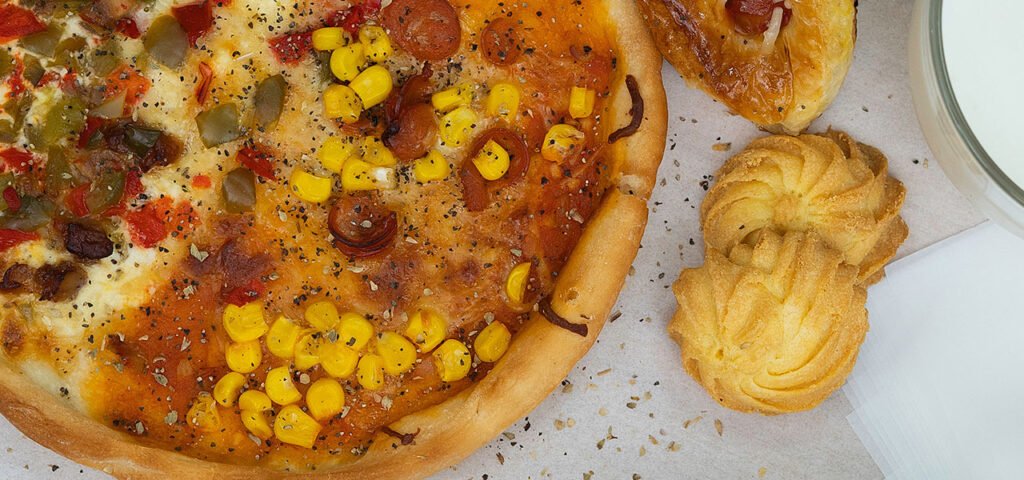For buyers in the food packaging industry, understanding the factors that define high-quality baking paper is crucial. Whether you’re purchasing for professional kitchens or reselling to food packaging companies, choosing the right product ensures customer satisfaction and better profitability. So, what does the quality of baking paper truly depend on, and how can you make the best selection? Let’s dive in.

Key Factors That Determine the Quality of Baking Paper
1. Heat Resistance
One of the most critical factors in baking paper is its ability to withstand high oven temperatures. High-quality baking paper should resist heat up to 450°F (232°C) without burning or breaking down. Heat-resistant paper prevents food from sticking to the tray and ensures a flawless baking experience.
2. Non-Stick Coating
The non-stick property of baking paper is a hallmark of its quality. Premium baking paper is coated with silicone on both sides, ensuring that food releases easily. This eliminates the need for greasing, saves time, and improves the baking process. Low-quality baking paper with inconsistent or poor coating can result in sticking, tearing, and wasted products.
3. Thickness and Durability
The paper’s thickness, measured in GSM (grams per square meter), determines its strength. Thicker papers, generally in the range of 35-50 GSM, perform better when baking heavier or wetter goods like doughs or pastries. Thin or poorly manufactured baking paper is prone to tearing during use, compromising its reliability.
4. Moisture and Grease Resistance
Baking paper should resist absorption of moisture and grease during cooking. High-quality paper maintains its structure even when exposed to butter, oil, or liquid from dough. This ensures the baked goods retain their intended texture and flavor without unwanted sogginess or grease transfer.
5. Food Safety Certifications
Quality baking paper must meet food-grade safety standards. Look for certifications like FDA, SGS, or LFGB that indicate compliance with international safety requirements. These ensure the paper is free from harmful chemicals and safe for food contact.

How Runjia New Materials Factory Ensures Baking Paper Quality
At Shandong Runjia New Material Co., Ltd., quality is a top priority. With years of expertise in manufacturing baking paper, Runjia has developed advanced processes and systems to maintain high standards across all products.
1. State-of-the-Art Production Facilities
Runjia operates a factory with six production lines and a 36,000-tonne annual capacity, allowing for efficient and consistent manufacturing. Every production line is equipped with cutting-edge technology to ensure uniform coating, precise cutting, and flawless quality control.
2. Patented Products and Advanced Coatings
Runjia’s baking paper features patented silicone coatings that provide superior non-stick and heat-resistant properties. These coatings are developed in-house to meet the demands of professional kitchens and food packaging companies globally.
3. Rigorous Quality Control
Each batch of baking paper undergoes thorough inspection and testing to ensure compliance with international safety standards like FDA and SGS. The company’s focus on quality assurance guarantees that every roll or sheet meets customer expectations.
4. Eco-Friendly Practices
Runjia is committed to sustainability. Many of their baking paper products are unbleached and biodegradable, catering to the growing demand for environmentally friendly packaging solutions.

How to Choose High-Quality Baking Paper
Selecting the right baking paper requires careful consideration of the factors mentioned above. Here’s a step-by-step guide for buyers:
1. Check Certifications
Always prioritize products with verified certifications such as FDA or LFGB. These certifications ensure food safety and compliance with international standards.
2. Assess the Coating Quality
Ask suppliers for specifications about the silicone coating. Ensure the paper is coated evenly on both sides for optimal non-stick performance.
3. Test Heat Resistance
Request samples from suppliers and test the paper’s performance in high-temperature baking scenarios. Verify that it doesn’t burn, curl, or become brittle.
4. Inspect Thickness
Review the GSM rating of the paper. Thicker paper (40-60 GSM) offers better durability, especially for heavy-duty baking needs.
5. Choose a Trusted Supplier
Partnering with a reputable manufacturer like Runjia New Materials Factory ensures consistent quality and reliable service. Their baking paper is trusted by buyers across the USA, Australia, and Japan, making it a go-to choice for high-volume purchases.

The quality of baking paper depends on factors like heat resistance, non-stick coating, thickness, and moisture resistance. At Runjia New Materials Factory, these elements are at the core of every product, ensuring that customers receive baking paper that meets professional standards.
When sourcing baking paper, choose a supplier with a proven track record, advanced manufacturing capabilities, and strong quality assurance practices. To explore high-quality baking paper for your business, contact Hanson Zhang at sales4@runjianewmaterial.com for more details.